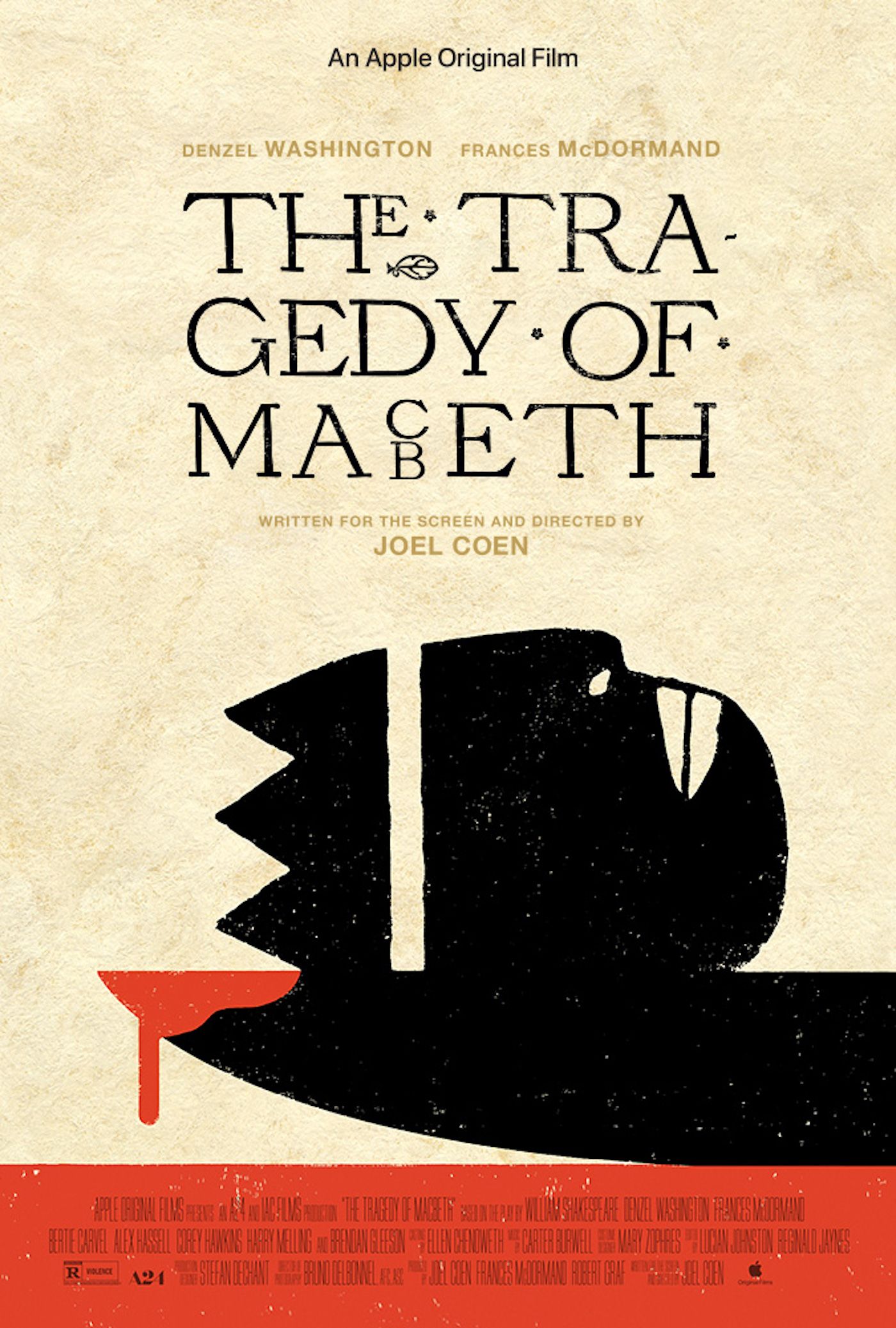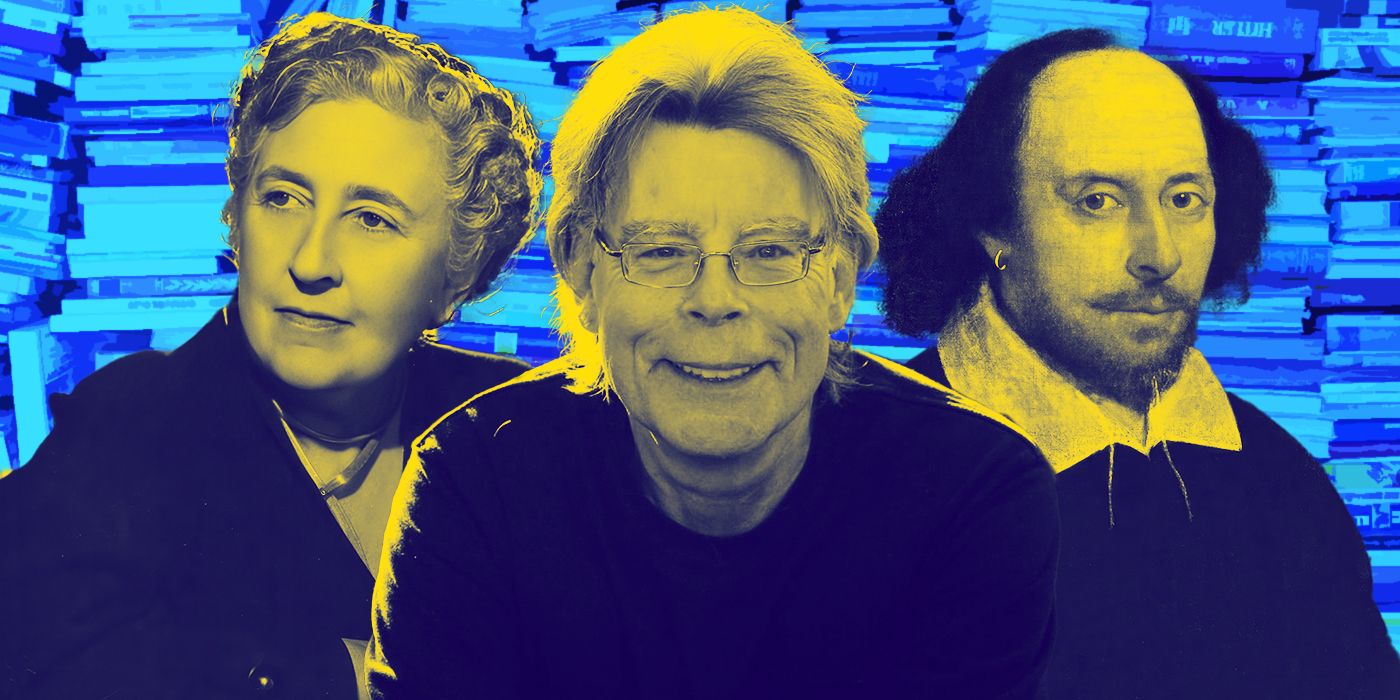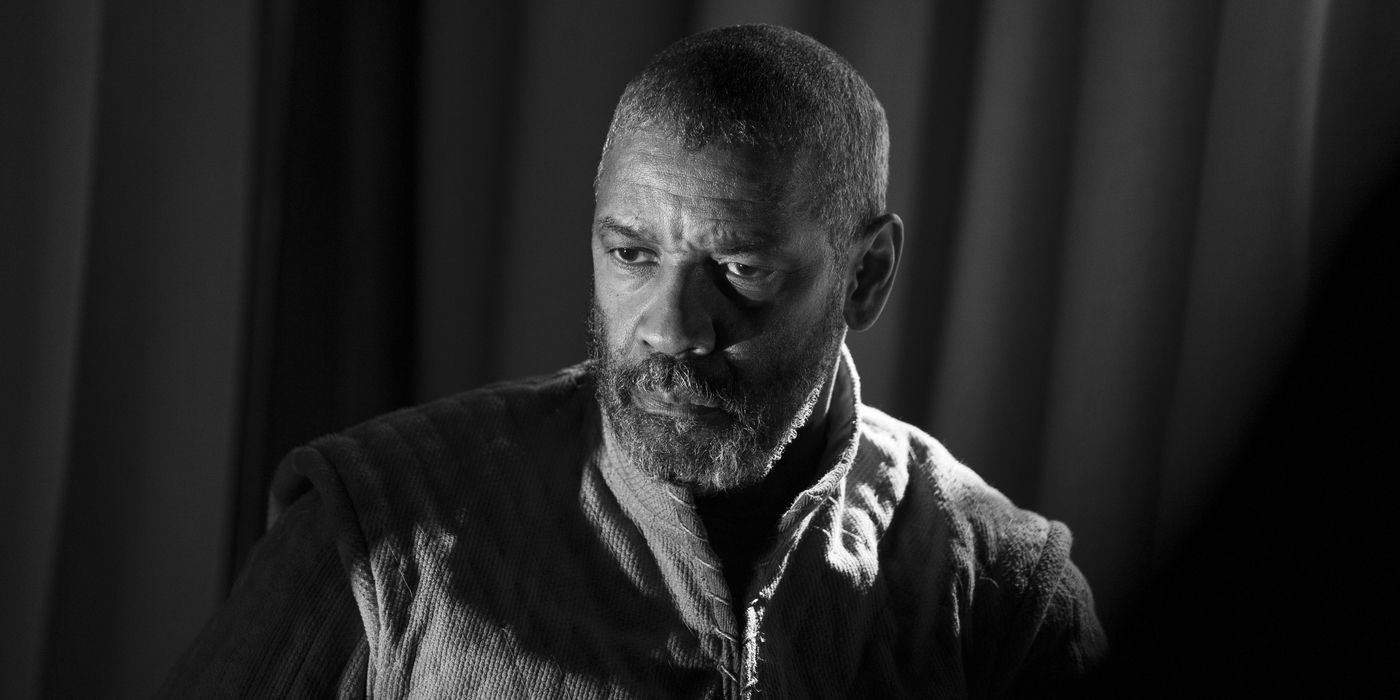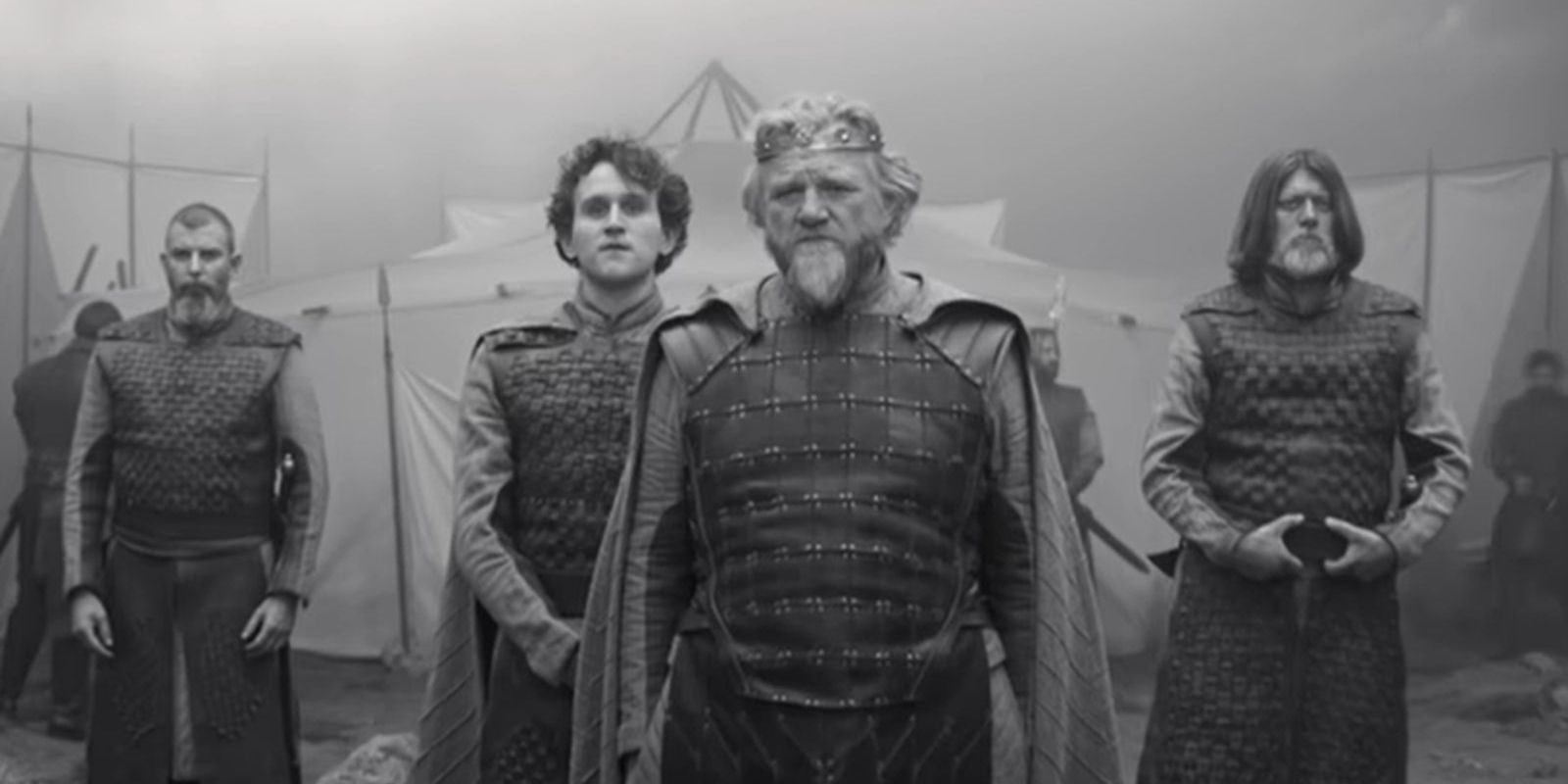The Big Picture
- Macbeth is one of Shakespeare's most infamous plays and remains popular through film adaptations.
- The Tragedy of Macbeth movie stands out by keeping Shakespeare's original language untouched.
- The film's simplicity in color palette, staging, and costuming enhances the eerie and grim story without .
The works of William Shakespeare have been the touchstone for dramatic productions for centuries, influencing authors, actors, and filmmakers ever since the reign of Elizabeth I. While the genius of Shakespeare is on display in his talent for witty dialogue, comedic turns, and tragic irony, perhaps the most adapted and influential of his plays is Macbeth, often superstitiously referred to as “The Scottish Play.”
Macbeth is a particularly eerie play containing some of Shakespeare’s most famous lines and soliloquies. The play has remained tremendously popular throughout the centuries and has produced a number of different film adaptations over the years, involving everyone from Orson Welles to Akira Kurosawa. Shakespearean adaptations themselves are famously often restaged to be set in different time periods or genres, from modern adaptations to futuristic sci-fi settings. While these creative choices seem to be made to demonstrate the “timeless” quality of Shakespeare’s plays and the nearly universal applicability of his stories and characters, the new The Tragedy of Macbeth movie makes an excellent adaptation by taking a surprisingly different route than other films have: keeping it simple.

The Tragedy of Macbeth
A Scottish lord becomes convinced by a trio of witches that he will become the next King of Scotland, and his ambitious wife supports him in his plans of seizing power.
- Release Date
- December 25, 2021
- Director
- Joel Coen
- Cast
- Denzel Washington , Frances McDormand , Brendan Gleeson , Harry Melling , Brian Thompson , Ralph Ineson
- Runtime
- 105
- Main Genre
- Documentary
- Writers
- Joel Coen , William Shakespeare
'The Tragedy of Macbeth' Remains Loyal to Shakespeare's Original Script
The first and perhaps most notable point of this simplicity is in the script and dialogue. While Shakespeare’s language is probably the last thing that could be called simple, Joel Coen’s script has hardly changed a word of Shakespeare’s magnificent wordplay. Nearly every single word said in the movie is directly from the original play, down to the archaic use of “thee”s and “thou”s. Rather than adapting the language to sound more natural to a modern audience, Coen seems to have chosen actors who can deliver naturally on the richness of the material instead.
Through Frances McDormand and Denzel Washington, the language of Shakespeare is given its proper due, and nothing could be less necessary at that point than adding in extra lines or changing what was already there. Even the more incidental “cut scenes” of less important characters meeting and exchanging news on the road, which are so often cut from other productions, are left in.
'The Tragedy of Macbeth' Leans Into Simplicity
Another clear example of this stark simplicity is in the choice of color palette (or lack thereof). Filmed in a crisp black and white, the setting is deliberately chosen to accentuate the difference between light and shadow. Shadows, thick fog, and light through pointed archways play across the lens for much of the film. The black and white color scheme reinforces the themes of the story, while also working as a nod to classic cinema, as well. The light/shadow dynamic is evocative of German Expressionist films, while also feeling like a nod to Kurosawa’s Macbeth adaptation, Throne of Blood.
One of the more curious adaptation decisions is in the staging and costuming. While it follows the overall theme of simplicity, it is fascinatingly creative with that self-imposed restriction. For example, while the film is clearly not adapted to a modern setting, it is difficult to say exactly when it is supposed to be taking place. Scotland is the setting, with castle architecture and Gothic pointed arches, but where you would expect stained-glass and elegant tapestries there are bare walls and square modern plain glass window settings. Horses, swords, kings, and crowns coexist in the same space as matronly garb that is more at home in the twentieth century. It is a strange melding of medieval and modern, but the net result somehow is not jarring or incongruous. Rather, the mixture of anachronistic elements around a visual simplicity reinforces the grim austerity in the setting of a grim story.

The 10 Authors Who Have the Most Book-to-Movie Adaptations
The works of these authors have seen the most translations from the page to the screen.'The Tragedy of Macbeth' Turns the Screen Into a Stage
Another strange but effective use of this simplicity is in the movie’s deliberate “staginess” in presentation. The film clearly makes no attempt to come off as “realistic” or historical. The movie was almost entirely filmed on a soundstage, and, rather than try to hide that fact, the filmmakers play into it. The story doesn’t come off as “grounded,” but rather as staged. There is a remarkably narrow aspect ratio to the film (1.37 : 1), and no wide sweeping shots of landscapes, or even the famous Birnham Wood coming to Dunsinane. The shots and staging are both deliberately narrow and agoraphobic, restricted almost entirely to the inner halls of Macbeth’s castle.
This cultivated “staginess” actually allows for some of the most artistic and novel flourishes in the story. On the one hand, the “unnatural” sets ironically make for the most natural environment for the film. Macbeth is, after all, a story steeped in the eerie, that was made for the stage and is most familiar to audiences on a stage. But the staging also makes a very natural setting for the types of artistic flourishes the movie excels at: a gust of wind blowing a wave of leaves through a tall window, the cramped quarters of a fight on the narrow battlements, and the symbolic gesture of Macbeth’s obsession with the crown being his downfall.
One of the greatest strengths of The Tragedy of Macbeth is that it finds the most appropriate outlets for its creative license. While “simplicity” may be the theme of this version of the play, The Tragedy of Macbeth does not take that as an excuse to simply make a carbon copy of the play or to cut corners. Rather, the movie treats the play as a stage production would. The words are untouched, but the artistic creativity is in the delivery: the nuance of the lines, the unspoken glances full of meaning, and the way that the negative space of the play is filled in with a unique vision that at the same time reinforces the themes of the story already there in the original.
Stream The Tragedy of Macbeth on Apple TV+ in the U.S.


